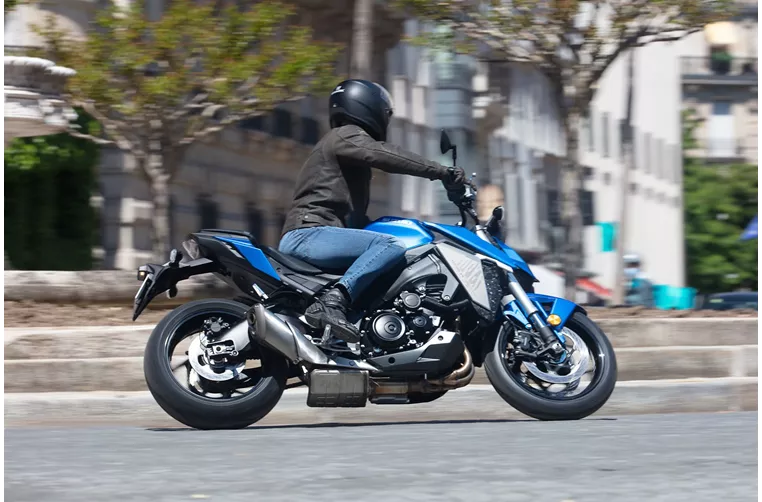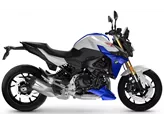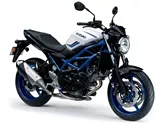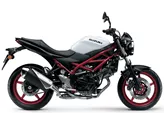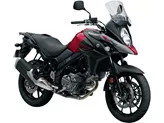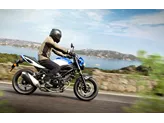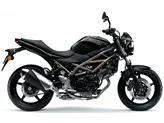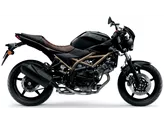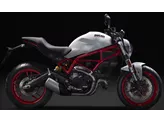Suzuki GSX-S950 2021 vs. Suzuki SV 650 2017
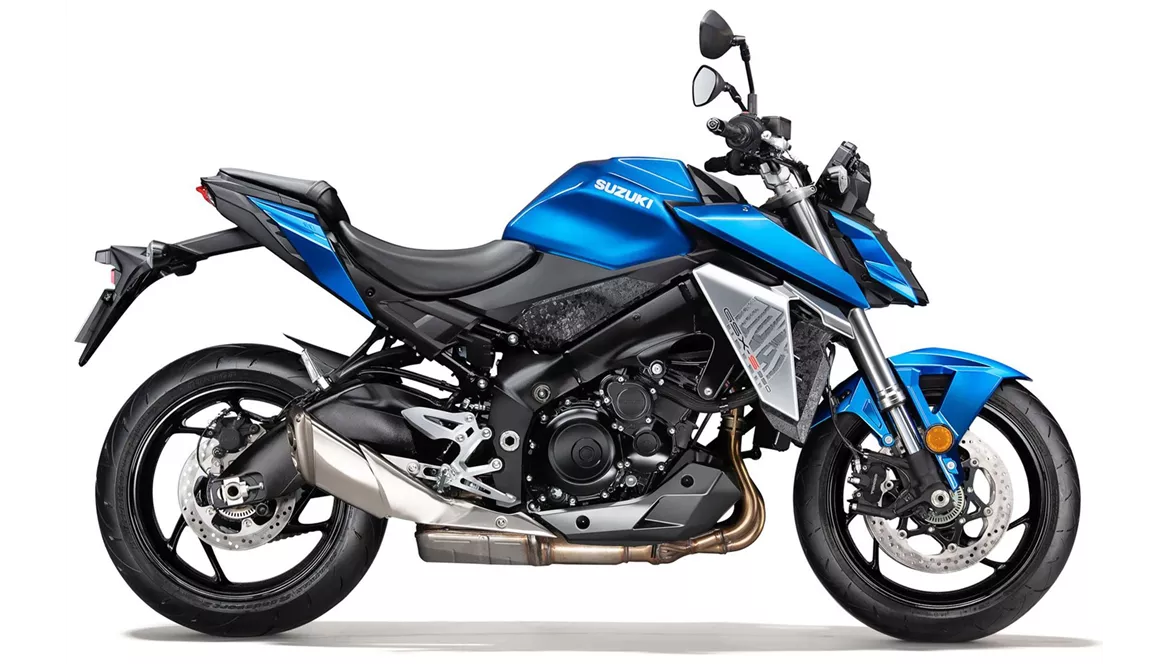
Suzuki GSX-S950 2021

Suzuki SV 650 2017
Overview - Suzuki GSX-S950 2021 vs Suzuki SV 650 2017
The Suzuki GSX-S950 2021 and the Suzuki SV 650 2017 are both naked bikes from Suzuki, but they have several differences in terms of technical specifications and strengths.
Starting with the engine, the GSX-S950 2021 is equipped with an in-line 4-cylinder engine that produces 95 horsepower and 92 Nm of torque. On the other hand, the SV 650 2017 has a V-twin engine with 2 cylinders, delivering 76 horsepower and 64 Nm of torque. The GSX-S950 2021 has a larger displacement of 999cc compared to the SV 650's 645cc.
In terms of suspension, both bikes have a swing arm rear suspension with a monoshock. However, the GSX-S950 2021 features an upside-down telescopic fork front suspension, while the SV 650 2017 has a telescopic fork front suspension. This difference in suspension design may result in different handling characteristics.
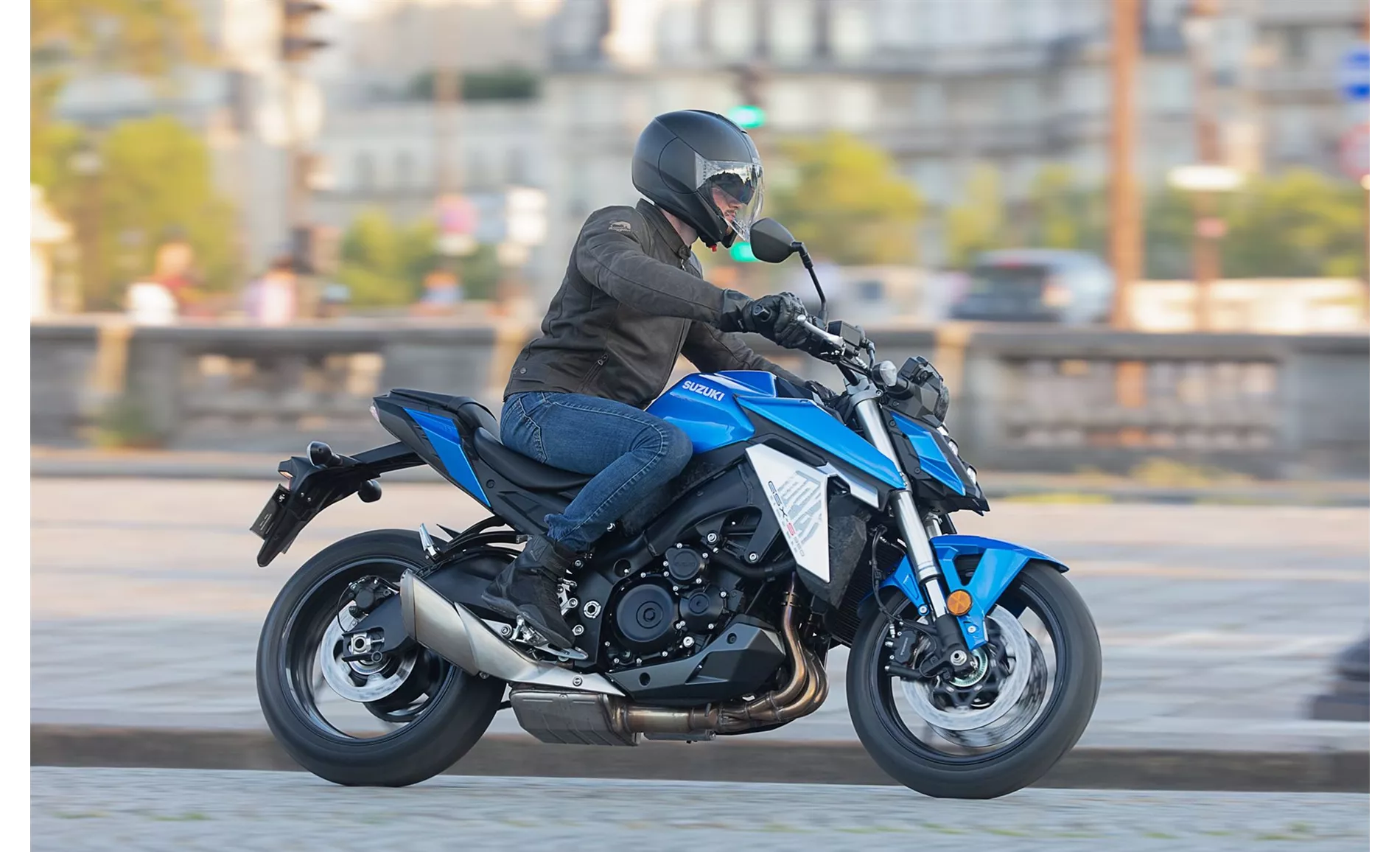
Suzuki GSX-S950 2021
The chassis of the GSX-S950 2021 is made of aluminum and has a twin-tube frame type, which provides strength and stability. On the other hand, the SV 650 2017 has a steel frame with a tubular design. The choice of materials and frame type can affect the overall weight and stiffness of the bike.
Both bikes are equipped with double disk brakes at the front, but there are differences in the specifications. The GSX-S950 2021 has larger diameter disks (310mm) and four-piston calipers, which may provide better braking performance compared to the SV 650 2017's 290mm disks and double-piston calipers. However, it is worth noting that the SV 650 2017 has been praised for its playful handling, which may compensate for any potential shortcomings in the braking department.
In terms of advanced rider assistance systems, the GSX-S950 2021 offers ABS, Ride by Wire, and Traction control, while the SV 650 2017 only has ABS. These systems can enhance safety and control while riding.
When it comes to dimensions and weights, the GSX-S950 2021 has a slightly longer wheelbase (1460mm) compared to the SV 650 2017's 1445mm. The seat height of the GSX-S950 2021 is also slightly higher at 810mm, while the SV 650 2017 has a seat height of 785mm. The GSX-S950 2021 is slightly heavier with a kerb weight of 214kg (with ABS) compared to the SV 650 2017's 197kg (with ABS). Additionally, the GSX-S950 2021 has a larger fuel tank capacity of 19 liters, while the SV 650 2017 has a capacity of 13.8 liters.

Suzuki SV 650 2017
In terms of strengths, the GSX-S950 2021 is praised for its engine with plenty of punch from below, good sound, stable brakes, and comfortable seating position. On the other hand, the SV 650 2017 is known for its smooth engine, playful handling, and great chassis.
However, both bikes have their weaknesses. The GSX-S950 2021 has a chassis that is considered too soft and not adjustable, which may affect its handling and stability. Additionally, the cockpit of the GSX-S950 2021 is not easy to read in sunlight, which can be inconvenient for the rider. On the other hand, the SV 650 2017 has been criticized for its weak brakes, which may compromise its stopping power.
In conclusion, the Suzuki GSX-S950 2021 and the Suzuki SV 650 2017 have their own strengths and weaknesses. The GSX-S950 2021 offers a more powerful engine, advanced rider assistance systems, and a larger fuel tank capacity. On the other hand, the SV 650 2017 is praised for its smooth engine, playful handling, and great chassis. Ultimately, the choice between these two bikes will depend on the rider's preferences and priorities.
Technical Specifications Suzuki GSX-S950 2021 compared to Suzuki SV 650 2017
Pros and Cons in comparison
Pros and Cons in comparison
Suzuki GSX-S950 2021

The "small" GSX-S950 is damn close to the GSX-S1000, which is why it seems as if the proud surcharge for the 1000 will have to be properly justified. However, anyone who wants it to be as sporty as on the GSX-S1000 will already fail due to the somewhat too soft, non-adjustable suspension. However, this more comfortable design of the 950 fits the character of the engine very well. With (only) 95 hp, the engine, which is identical to the GSX-S1000, is designed for torque from below and in the middle; there is little point in stubbornly wriggling out. So if you are looking for a comparatively comfortable naked bike that is suitable for A2 and that can hardly be distinguished visually from the top model, you can save a lot of money!
Suzuki SV 650 2017

The Suzuki SV 650 is accompanied by a long history of success that is sure to continue for a long time. Its supple V2 impresses with very smooth response and plenty of torque. Compact dimensions help to make the motorbike look very compact. This will be very convenient for beginners. The chassis also scores with playful handling. Unfortunately, the braking effect is not at the level one would expect from such a powerful vehicle.
Price Comparison Avarage Market Price Suzuki GSX-S950 vs Suzuki SV 650
There are a few key differences between a Suzuki GSX-S950 2021 and a Suzuki SV 650 2017. It takes less time to sell a Suzuki SV 650 with 112 days compared to 298 days for the Suzuki GSX-S950. Since model year 2021 1000PS.de editors have written 10 reviews for the Suzuki GSX-S950 and 25 reviews for the Suzuki SV 650 since model year 2005. The first review for the Suzuki GSX-S950 was published on 6/16/2021 and now has more than 37,200 views. This compares to more than 14,200 views for the first review on Suzuki SV 650 published on 9/26/2008.
